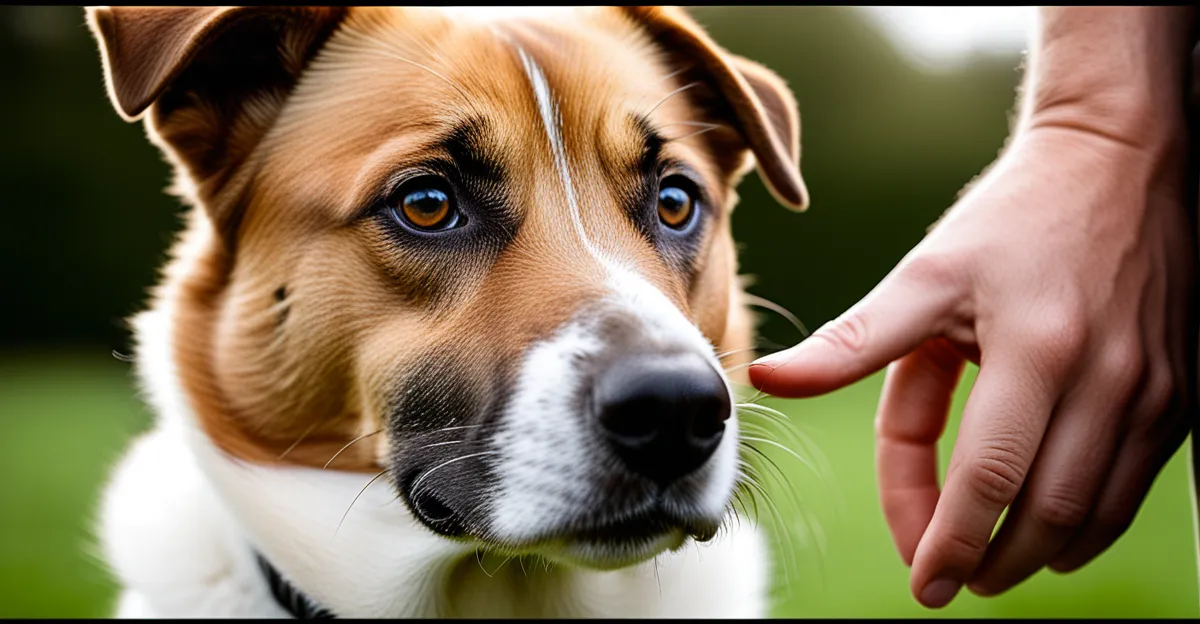Overview of Leading Pet Training Techniques in the UK
The UK pet training landscape showcases a range of popular pet training techniques tailored to different animals and owner preferences. Among the most used UK pet training methods, positive reinforcement remains predominant, emphasising reward-based learning to encourage desired behaviour gently. This method aligns well with humane pet training philosophies valued across the country. Beyond that, clicker training has gained traction as an effective pet training tool that provides clear communication through sound cues, enhancing conditioning pets UK-wide.
Traditional obedience training in the UK continues to play a vital role, especially through structured group pet training classes that promote socialisation techniques and behaviour correction simultaneously. These classes are widely available in towns and cities, supporting both novice and experienced pet owners.
Also read : How Do UK Pet Owners Keep Their Pets Safe During Holidays?
Current UK pet training trends reveal increased interest in combining multiple methods depending on pet type. For instance, training techniques for cats in the UK differ significantly from dogs, often focusing on feline behaviour modification using clicker and target training approaches. This diversity reflects the adaptability and sophistication of pet training practices to cater to each animal’s unique needs.
Positive Reinforcement as the UK’s Preferred Training Method
Positive reinforcement stands out among popular UK dog training and broader pet education techniques due to its humane, reward-based approach. At its core, positive reinforcement involves providing a desirable stimulus—usually treats or praise—immediately after a pet exhibits the desired behaviour. This method encourages repetition of good actions without punishment, aligning with the humane pet training ethics widely embraced across the UK.
In the same genre : How Can You Choose the Best Pet for Your Lifestyle in the UK?
Positive reinforcement is effective not only for dogs but extends successfully to cats and small animals. Cats respond well to consistent rewards during targeted tasks, while small animals benefit from gentle encouragement paired with positive stimuli. According to UK pet training trends, this method leads to faster learning and stronger pet-owner bonds.
For effective implementation at home, trainers advise breaking behaviours into small, achievable steps, rewarding promptly, and maintaining consistency. This approach builds trust and motivation in pets. Thus, positive reinforcement remains a cornerstone of many most used UK pet training methods, combining effectiveness with kindness, which explains its sustained broad adoption by UK pet owners and professionals alike.
Clicker Training: Structured Conditioning for Pets
Clicker training is an effective pet training tool widely used across the UK for its precise communication during conditioning pets UK-wide. This method involves using a small device that makes a distinct clicking sound to mark the exact moment a pet performs a desired behaviour, followed immediately by a reward. This sound acts as a bridge between the behaviour and reinforcement, allowing pets to understand commands quickly and accurately.
UK trainers recommend clicker training for its clarity and consistency, making it particularly useful in complex behaviour shaping or when starting new tasks. By isolating the behaviour and marking it with the click, pets learn to associate specific actions with positive outcomes, significantly speeding up the learning process.
Typical results in conditioning pets UK demonstrate enhanced focus and faster responsiveness compared to some traditional methods. Whether training a dog to follow commands or teaching a cat target behaviours, clicker training provides a structured, humane approach that aligns well with the UK’s emphasis on positive, reward-based techniques. It’s especially valuable for owners seeking clear, effective strategies in their pet training routine.
Traditional Obedience Training and Group Classes
Traditional obedience training UK remains a fundamental pillar in pet education across the country. It primarily focuses on teaching pets basic commands and acceptable behaviours through consistent repetition and correction. This method offers a clear structure, which helps pets understand expectations within a social context.
Group pet training classes form an essential part of this approach, promoting not only obedience but crucial socialisation techniques. In these group settings, pets learn to interact appropriately with other animals and humans, reducing behavioural issues stemming from fear or aggression. Such classes benefit both dogs and their owners by fostering a sense of community and shared learning.
In many UK towns and cities, group training classes are widely accessible, accommodating various skill levels and breed-specific needs. Trainers often blend traditional methods with modern insights, ensuring a balanced approach. This blend aligns well with broader UK pet training trends, where combining tried-and-tested methods with newer humane techniques is increasingly popular.
Overall, traditional obedience training paired with group classes offers a reliable framework that effectively addresses behavioural development and social skills in pets throughout the UK.
Cat-Specific Training Approaches in the UK
Cat training UK presents unique challenges compared to dogs, driven by feline independence and different motivators. Cats tend to respond best to training techniques for cats that focus on gentle encouragement rather than strict commands. UK trainers often emphasise patience, using short, consistent sessions to accommodate cats’ attention spans.
Among the most successful methods in cat training UK, clicker training is widely used because it provides clear, immediate feedback, which suits cats’ learning style. Target training—a technique where cats learn to touch or follow an object—is another favoured approach, helping with feline behaviour modification. These techniques encourage cooperation through positive experiences rather than coercion.
Unlike dog training, which often centres on obedience, training techniques for cats prioritise modifying behaviours such as scratching, litter box use, and reducing fear or aggression. These strategies align with broader UK pet training trends promoting humane and species-appropriate methods. Owners who apply these tailored techniques typically achieve better engagement and smoother communication with their feline companions.
Incorporating Expert Advice and Data on UK Pet Training
Recent survey data on pet training in the UK highlights a growing preference for humane, reward-focused approaches. Expert pet training advice UK consistently emphasises methods like positive reinforcement and clicker training, underlining their effectiveness and alignment with animal welfare standards. Veterinary behaviourists and trainers advocate evidence-backed techniques, guiding owners toward strategies that foster trust and lasting behavioural change.
Experts stress the importance of tailoring training to the individual pet’s needs, considering breed, age, and temperament. For instance, UK authorities recommend breaking down complex behaviours into manageable steps, ensuring consistent rewards and clear communication during sessions. Such authoritative training methods reduce stress for pets and owners alike.
Survey findings reveal that UK pet owners increasingly seek professional guidance rather than relying solely on informal advice. This trend encourages the use of training programmes endorsed by recognised organisations and experienced trainers. Access to expert insights supports owners in making informed decisions, contributing to improved outcomes across diverse pet types.
In summary, integrating expert pet training advice UK with up-to-date survey data on pet training equips owners to apply the most used UK pet training methods effectively and compassionately.






